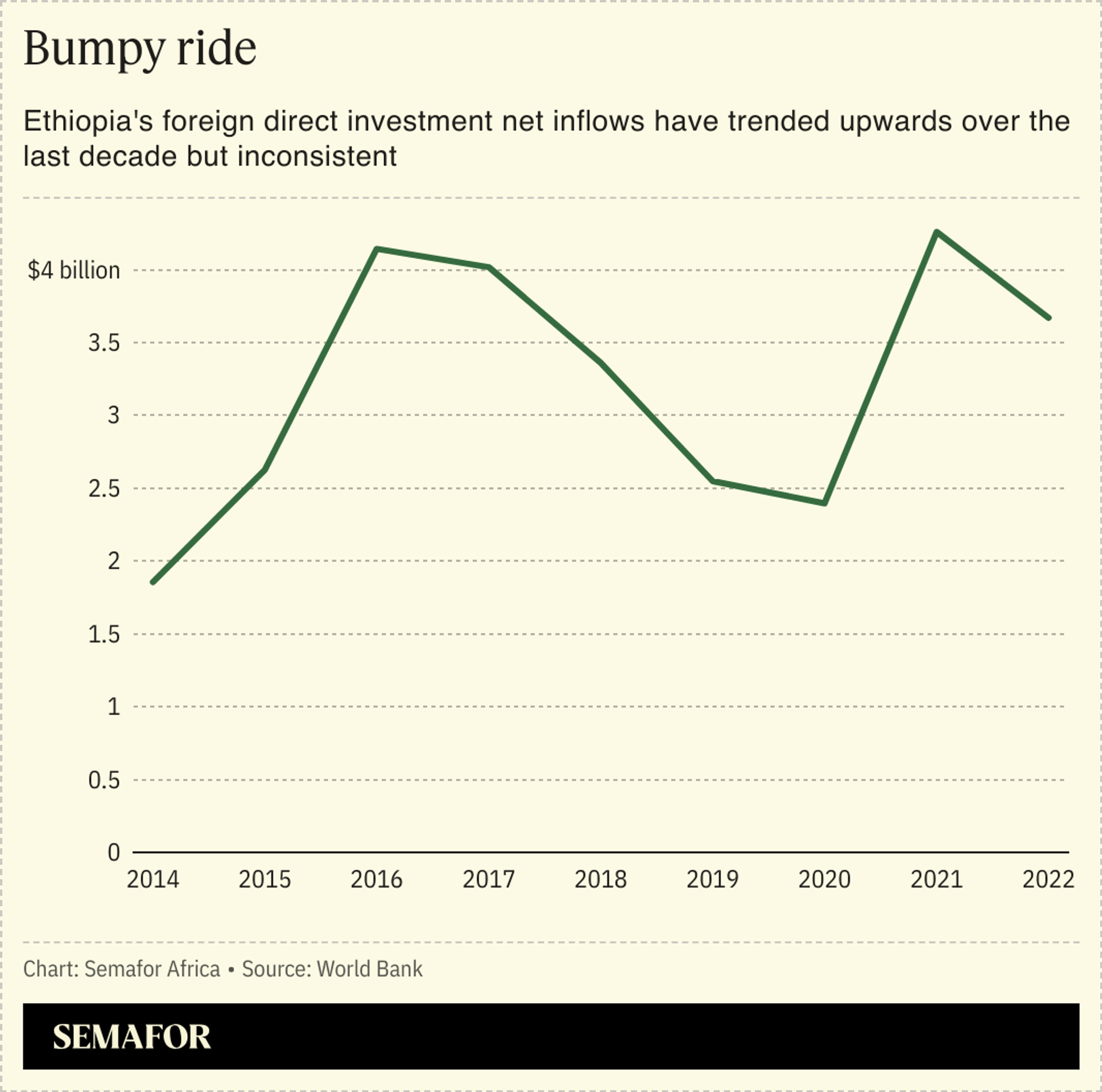Chinese investment in Ethiopia industrialization push

Ethiopia’s industrialization strategy has focused on attracting foreign direct investment. A push in recent years to attract investment led to the landlocked nation being one of the continent’s top recipients of foreign direct investment. Chinese investment in the country, which tripled in 2021 from the previous year, played a major role.

But the approach has been beset by problems in recent years, from the COVID-19 pandemic to the two year war in the northern Tigray region that ended in 2022. The US — a major destination of textile and garment exports — terminated Ethiopia’s participation in the AGOA Trade Preference Program in 2022 due to sanctions imposed after the Tigray war.
Investors say policy inconsistency on customs regulations and trade logistic issues are also major pain points for them according to Hibret Lemma, CEO of the Investor’s Association at Hawassa Industrial Park, the largest government-owned park.
“There’s a tendency to divert attention to other sectors, as ours is high maintenance,” he told Semafor Africa. “The government should focus on retaining the investors it has instead of trying to attract new ones in a tough climate.”
Other roadblocks to the success of the country’s strategy have been labor wage issues. The government’s attempt to attract textile and garment manufacturers have hit a snag because wage issues have remained a source of high turnover. Ethiopia remains one of the three countries without a set minimum wage on the continent.





